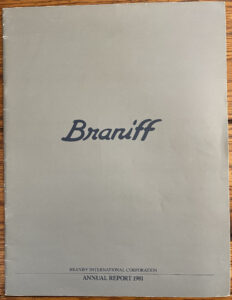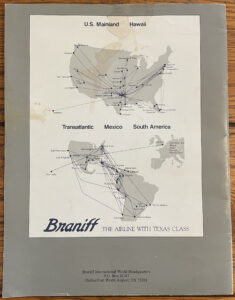Lt. Col. Dr. Harold Brown (USAF – ret.)
Dr. Brown flew 30 missions during the war in Europe and later served in the Korean War. He spent 23 years in the military before retiring, earning a doctorate and becoming a college administrator.
He was one of the last surviving members of the Tuskegee Airmen, a group that included 355 pilots who served in segregated units operating from the war’s Mediterranean theater after beginning their training at the historically Black Tuskegee Institute in Alabama. Fewer than 10 are still living, according to Tuskegee Airmen Inc., an organization dedicated to preserving their legacy.
After taking off from Italy at dawn on March 14, 1945, Dr. Brown, a second lieutenant at the time, was piloting a P-51 Mustang strafing a German freight train near Linz, Austria, when the locomotive exploded, hurling shrapnel into the engine of his single-propeller plane.
With only seconds before his plane lost power, he bailed out and parachuted to safety. But he landed not far from his target, where he was apprehended by two armed local constables and was soon surrounded by a furious mob of some two dozen Austrians whose town he and his comrades had just attacked.
“I was met by perhaps 35 of the most angry people I’ve ever met in my life,” Dr. Brown said on the PBS podcast “American Veteran.” “There’s no doubt murder’s on their mind.”
“It was clear that they finally decided to hang me,” he recalled in a memoir, “Keep Your Airspeed Up: The Story of a Tuskegee Airman” (2017), which he wrote with his wife. “They took me to a perfect hanging tree with a nice low branch and they had a rope. I can still visualize that tree today.
“I knew at that moment I was going to die.”
But he was rescued from the vigilantes by a third constable, who threatened to fire on the crowd to protect Dr. Brown as a prisoner of war.
…
FotB RoadRich sent over a link: Boeing will be live streaming the handover ceremony at 1 PM Pacific (4 PM Eastern, 3 PM Central) this afternoon.
Bobby Hull as promised. ESPN. Chicago Tribune.
Cindy Williams. Other credits include “Cannon”, “The First Nudie Musical”, and the good “Hawaii Five-0”. And if you haven’t seen “The Conversation”, you really should.
Kevin O’Neal, actor. Other credits include “The Fugitive” (the original), “Perry Mason” (the good one), and “Lancer”.

